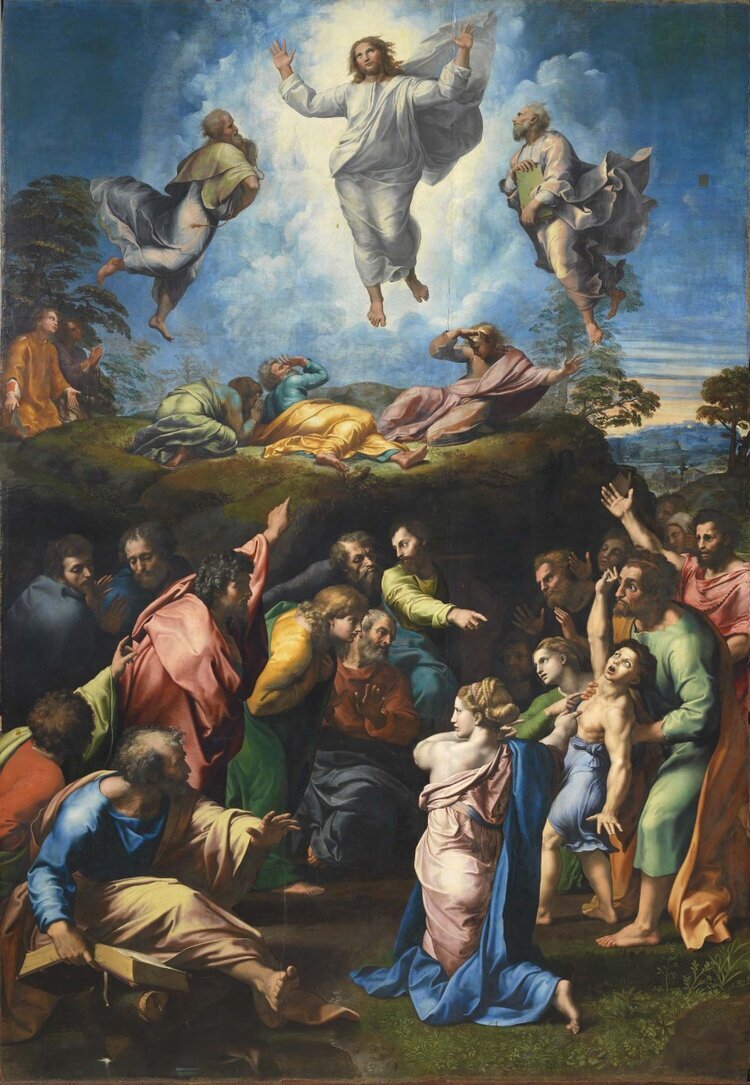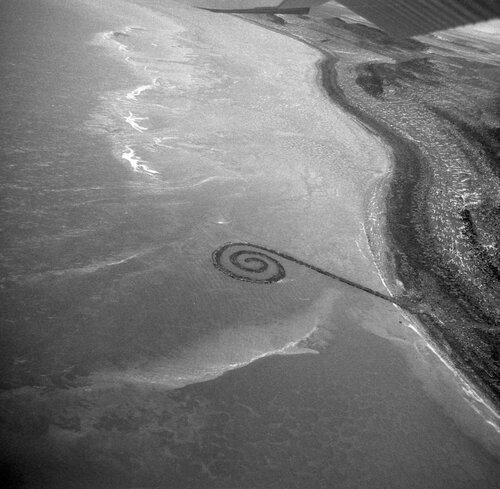Forgetting What You Know
My entry into art was haphazard. Beyond the general presence of images of art in my home (reproductions of Gauguin, Matisse, and Picasso) and now-forgotten visits to museums at an early age, my first real encounters with art occurred at the movie theater, to which my parents would take me often . . .
Lecture on Adorno’s “Draft Introduction” to Aesthetic Theory
Patrick Zapien will present a lecture on Theodor Adorno’s “Draft Introduction” to Aesthetic Theory. The lecture will focus on the dialectic of freedom in art, its historical crisis, and how that crisis appears as the enigmatic essence of art in modernity.
Richard Diebenkorn: “Works on Paper” at L.A. Louver
Ken Collins’s portrait of Richard Diebenkorn, used to promote the recent L.A. Louver show of his works on paper, is peculiar in its emphasis on the distance between the camera and its subject . . .
The Lonely Eye
It seems to have been forgotten, in recent years, that the basic relationship of the artist to the world in modernity is one of estrangement.
Crisis of Criticism
Why is it that so much writing on art today — ostensibly criticism — only skates on the surface of artworks, providing description, identifying a handful subjects and themes, maybe some precedents, and then a conclusion — or rather, an ending. The writing stops.
Sense and Non-Sense
The main problem that the artist encounters at work — the source of all their woes and triumphs — is that materials must be transformed: made to give what they cannot. Appearance is the mask of the true face beneath.
Painting as a Scaffold
The most recent idea that appeared to me, so insistently that I felt compelled to write it down, was of painting as a scaffold. This was related to an older idea of mine, of painting as a veil . . .
The Noguchi Museum
Visiting the Noguchi Museum recently, I was struck by the difficulty of sculpture as art: how it's constrained by its physical presence to a degree that other media, like music, painting, and poetry, are not.
James Turrell’s ‘After Effect’ at Pace
After Effect — James Turrell’s latest “Wedgework” (recently presented by Pace) — takes up this question of the imaginary dimensions of time and space and their relationship to perception, memory, and thought.
“With eyes like ripening fruit”: Manoucher Yektai at Karma
It’s not true that the world is ending — if anything, it already has. And yet life continues, alive in its death. These thoughts — speculations — give a perfunctory account of the work of the late painter and poet Manoucher Yektai, a member of the New York School whose first solo show in the city since 1984 opened at Karma two weeks ago.
June Journal
Today I begin in earnest. What does it matter that my thoughts are clouded? A light will shine through in the end.
Harold Ancart and Suzan Frecon at David Zwirner
These are landscapes without landscape — pure ideas of how a picture is painted, of how a landscape is formed as an image.
The Sad Lament of the Brave Review
In these new pictures by Julian Schnabel, we see the present state of painting: abandoned like unfortunate refuse, making do with what it has, left to its own devices, to elaborate what still remains within it.
What does it mean to be critical?
When people today criticize the leaders of the American Revolution they only project their own narrowness and narcissism onto the conditions of the past. Had the American Revolution been defeated, in 1776 or in 1865, there would be no critique of present freedom possible today and no hope for any greater freedom in the future.
Disjecta Membra: Excerpts from Thomas Wolfe’s Look Homeward, Angel, 1929
Every work of art “is a window on all time.” Thomas Wolfe was an American Proust — his novels are the crystalline precipitate of a hypersensitive memory submerged within the substrate of the universal.
Reflections go with the dying sun
Such is the constancy of the human heart: that what our suffering sets out to destroy, a painful longing begs us to preserve and reconstruct.
The First Episode: Poetry of the Past — the Future, Part II
As Baudelaire would come to recognize, the language of commodities is the language of correspondances — of the “sympathetic resonance” of the equality of the principle of exchange — and that the strange, spontaneous language of commodities is the lyricism of modern poetry.
The First Episode: Poetry of the Past — the Future, Part I
With the unforeseen rise of the proletariat upon the empty stage of world-history, with the supreme and final flourishing of free and propertyless labor, the age of social revolution — total cosmic transformation — begins.
Two, Three, Many Octobers: The Vanquished Tradition of the Avant-Garde, Part II
In pursuit of some kind of deliverance, the avant-garde had undertaken to record the endless parade of human suffering as it appeared in both the costume of a present ‘now’ and in the torn, worn-out rags of an unresolved past.




















